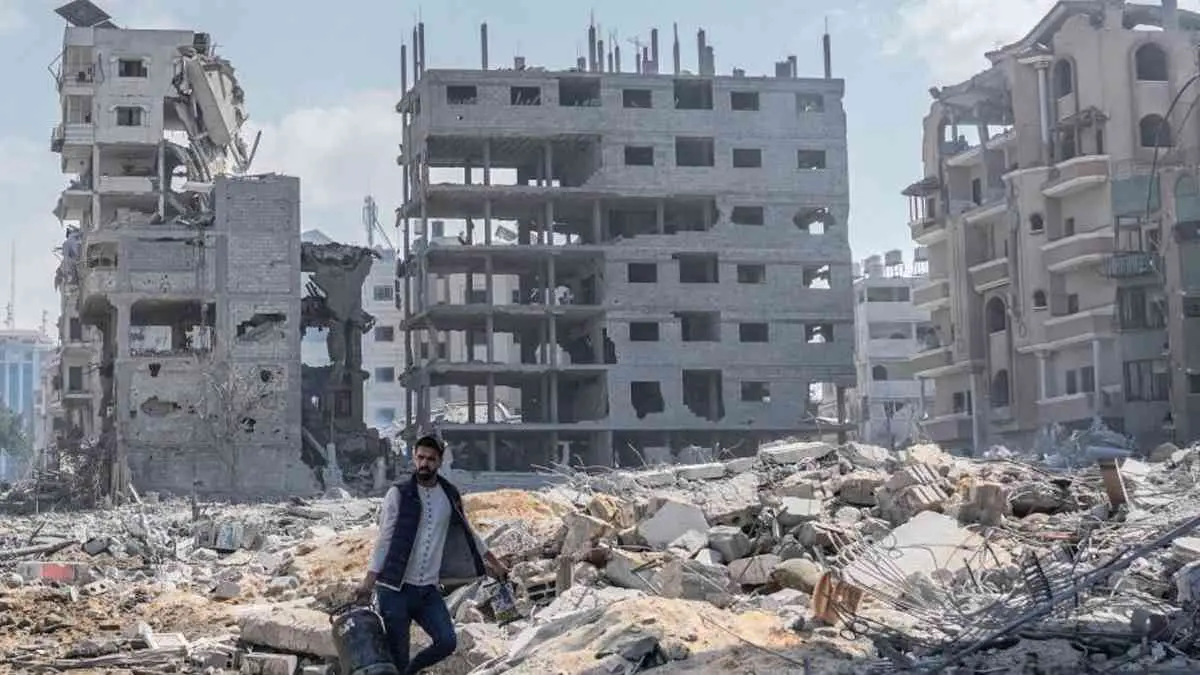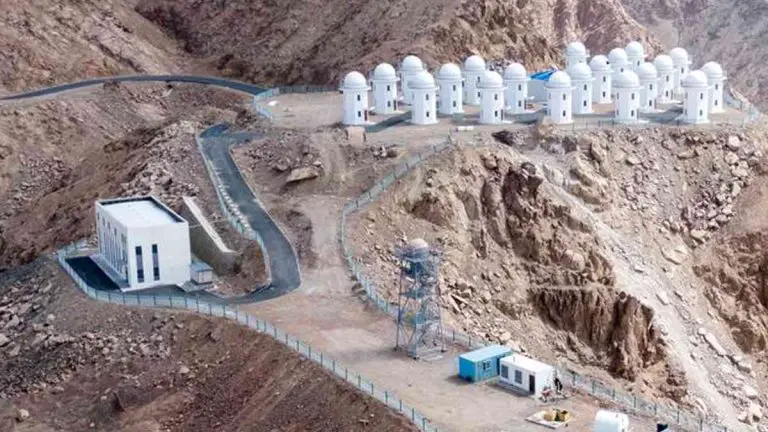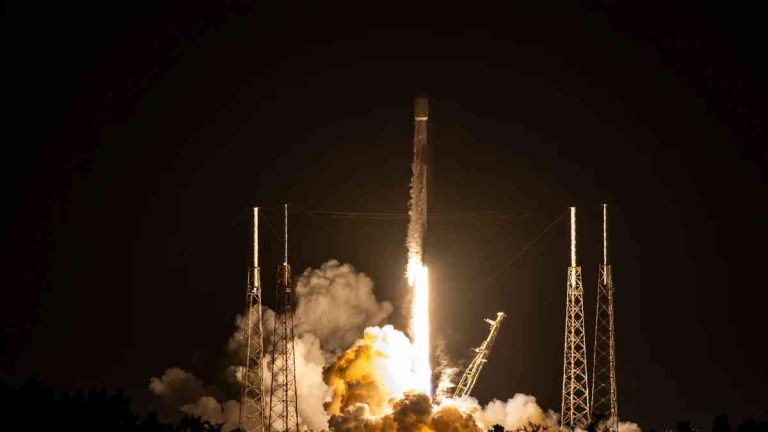In an alarming escalation of the Middle East crisis, the US and five allies launched military attacks on over a dozen locations in Yemen that are under the authority of the Houthi movement, which receives support from Iran. Following more than two dozen Houthi drone and missile assaults against commercial ships in the Red Sea since November, the strikes were a reaction.
The American-led air and nonmilitary strikes aimed to discourage further Houthi attacks on shipping routes. President Biden labeled the strikes as a clear message that the U.S. and its mates won’t tolerate attacks on the labor force or pitfalls to freedom of navigation in critical marketable routes. He emphasized a commitment to guarding people and icing the free inflow of transnational commerce.
The Houthi militia, still, has defied former warnings and pledged to continue their attacks as a protest against Israel’s military campaign in Gaza. The conflict in Yemen has formerly forced over 2,000 ships to divert thousands of long hauls, causing significant detainments and fresh costs.
The strikes targeted Houthi radars, missile and drone launch sites, and weapons storehouse areas. While the success of the strikes is still being assessed, Defense Secretary Lloyd J. Austin III emphasized the intention to minimize mercenary casualties.
The decision to conduct the strikes followed weeks of consultations with allies and warnings to the Houthi militia. The United Kingdom, the Netherlands, Australia, Canada, and Bahrain joined the U.S. in the attack, with at least one Navy submarine firing Tomahawk cruise missiles.
The Houthi foreign ministry responded, warning of serious consequences for the U.S. and the U.K. and indicating that they would not be dissuaded by the strikes. The transnational community, including some Middle Eastern allies, expressed concerns about the potential for the conflict to escalate further.
The Biden administration had hesitated to respond militarily for several reasons, including the fear of escalation, implicit involvement of Iran, and a desire to avoid dismembering the tenuous truce in Yemen. still, the continuing Houthi attacks on shipping routes left the U.S. with little choice but to respond.
The situation adds complexity to a formerly unpredictable region, with implications for the ongoing conflict in Yemen and concerns about broader indigenous impacts. The effectiveness of the strikes in deterring future Houthi attacks remains uncertain.
The decision to strike Houthi targets comes after months of deliberation by the Biden administration. Despite the shower of attacks by the Houthi militia, the U.S. had been conservative due to concerns about the potential for a tit-for-tat escalation, drawing Iran further into the conflict. The recent seizure of a vessel loaded with crude oil off the seacoast of Oman by Iran’s navy further underlined these concerns.
Top Biden aides were also reluctant to elevate the significance of the Houthi militia group, cautious of fueling a narrative that could justify U.S. military retribution. The delicate balance of maintaining a tenuous truce in Yemen and avoiding unintended consequences counted heavily on the decision-making process.
The Houthi revolutionists, who have controlled much of northern Yemen since 2014, have a deep-confirmed opposition to both Israel and the United States. They frequently draw parallels between the American-made bombs used in Yemen and those transferred to Israel, emphasizing their station against perceived external aggression.
While the Biden administration seeks to separate the Houthi attacks from the conflict in Gaza and portray them as illegitimate, the Houthi officers claim their goal is to force Israel to halt its military campaign and grease the free inflow of aid into Gaza. This complicates the narrative, as the transnational community grapples with the complications of the broader geopolitical landscape in the Middle East.

The involvement of U.S. allies in the military strikes, including the United Kingdom, the Netherlands, Australia, Canada, and Bahrain, reflects a united front against Houthi aggression. still, questions loiter about the effectiveness of the strikes in deterring unborn attacks and whether they might escalate tensions further.
As the world awaits the assessment of the strikes’ success and monitors the Houthi response, the situation remains fluid. The conflict in Yemen, now further entangled with transnational military intervention, adds another layer of complexity to a formerly unpredictable region, raising concerns about potential broader ramifications and the possibility of a wider war involving other Iranian proxies.
The Biden administration continues to emphasize the protection of shipping routes in the Red Sea and the need to respond to Houthi attacks, emphasizing the challenges of navigating a path that safeguards indigenous stability while addressing immediate security concerns. The coming days will probably give further clarity on the impact of the strikes and the evolving dynamics in the Middle East.
In the aftermath of the strikes on Houthi targets in Yemen, the transnational community is nearly watching for the Houthi militia’s response and assessing the broader implications of this military intervention. The Biden administration has framed the strikes as targeted trouble to degrade Houthi capabilities and help further attacks on shipping routes in the Red Sea.
While the U.S. and its allies stress their commitment to guarding the labor force and icing freedom of navigation, the Houthi revolutionists remain recalcitrant. The militia’s leader, Abdul-Malik al-Houthi, has openly expressed their readiness for direct confrontation with the U.S., rejecting American ultimatums and linking their attacks to a protest against Israel’s military campaign in Gaza.
The conflict in Yemen has been a prolonged and devastating one, with hundreds of thousands of lives lost to airstrikes, fighting, complaints, and hunger. A fragile truce negotiated in 2022 has been held, but the recent escalation threatens to unravel the delicate balance, potentially dragging the region into a wider war involving other Iranian proxies.
There has been a mixed response from across borders to the strikes. Although support for the United States and its allies has been bipartisan at home, some friends in the Middle East, including as Qatar and Oman, are worried that things may get out of hand. Bahrain’s membership in the coalition, as the lone Arab country, reveals a nuanced indigenous affinity.
As the Biden administration seeks to contain the conflict and avoid entangling the U.S. in a broader war, the effectiveness of the strikes in deterring unborn Houthi attacks remains uncertain. The delicate cotillion of balancing indigenous stability, securing shipping routes, and addressing the root causes of the conflict in Yemen adds layers of complexity to a formerly intricate geopolitical mystification.
The circumstances also make one wonder what part Iran plays in the larger dynamics of the Middle East. One major consideration in the U.S. administration’s decision-making process has been the concern of bringing Iran into the fight further. The Iranian navy’s recent capture of an oil-laden ship off the coast of Oman highlights the possibility that the conflict will continue to escalate beyond Yemen’s boundaries.
The international world will be closely monitoring the events in Yemen in the upcoming days and weeks, evaluating the Houthi reaction, and analyzing how the attacks may affect the indigenous landscape more broadly. The Houthi militia’s attacks on Red Sea commercial lines provide an urgent security threat, which the Biden administration must manage while negotiating a challenging geopolitical landscape.






















+ There are no comments
Add yours